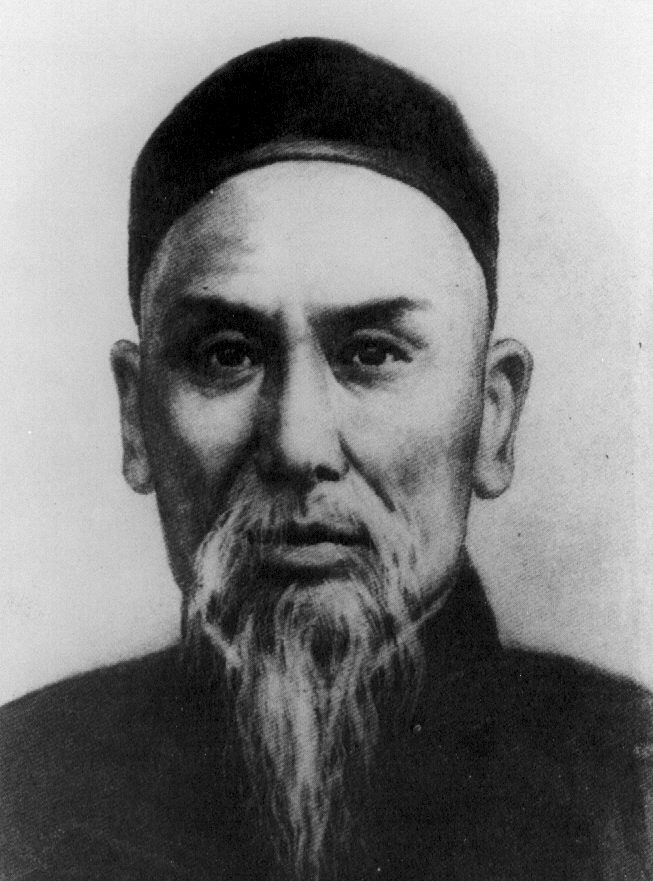Without commening on your skills or the "purity" (if that even means anything) of your tai chi, simply because you cannot do this, because you do not have this kind of tradition. Whatever you know, or have learned, you seem to have said many times that basically no one else (or so very few) are working on what you are working on. Basically what you are telling me is that compared to what you do it is not about the first 99% of fake tai chi, or the second 99% that don't know what real tai chi is, it's that even in the top 1% of 1% most people don't work on what you are working on. At that point I think it becomes a liabilty. If your teacher died, heaven forbid, or you moved away, how would you seriously continue your practice? How would you ever be able to find another group that does what you do?
That's what I mean when I say I am very curious as to why you feel so sure about your practice, your methods. I would classify you as being in the top 1%, sure, but after that it's no longer enough to have some kind of skill. You need more than that. There are plenty of people who have worked very hard all their life and have not gotten anywhere 'real' simply because they went off in a different direction and for whatever reason they simply never bothered to ask a teacher, or had the wrong teacher, or for some reason they were just not taught, etc...
1. The post was not about fake taiji or me, it was about historical reasons that some of the changes in view points might have come about,
that people comment on others practicing what they feel is not accordance with what they practice.
I thought some might find the history presented interesting.
2. There are many that work with the same type of skill sets that interest me, it is true that many here seem not to.
My point in posting at times was to give a first hand accounting of what some might see or question.
I no longer do this as much feeling it's kind of a waste of time.
3. at some point ones practice should become self teaching, once one reaches this point a teacher is only needed to confirm if needed, not to teach.
4. I don't find groups that do what I do,
I make groups for those interested in what I do...
5. with out saying much about myself, I've worked with many long term taiji players helping them to understand taiji questions they may have in their practice. Most come away with a new understanding or viewpoint that they have not thought of or where not exposed to.
I make no claim as to skill level.




 Anyway when did the fake begin ? take Yang Chengfu and his Taiji friends, surely back in their time taijiquan was all about fighting? what was their fight record, who did they fight, did they actually fight ? They must have heard of Olympic wrestling and western boxing, back then in Shanghai there where probably capable pugilists of the western boxing tradition both Chinese and non Chinese, did Taiji guys step up to try their fighting skill against these foreign fighting arts ? Maybe there are solid records of such fights taking place, it would be fun to read about, but otherwise it wouldn't matter much for me if the masters of the past or present are fake or not I have my TJ(Q) and I enjoy it mostly as an boxercise it's enough for me.
Anyway when did the fake begin ? take Yang Chengfu and his Taiji friends, surely back in their time taijiquan was all about fighting? what was their fight record, who did they fight, did they actually fight ? They must have heard of Olympic wrestling and western boxing, back then in Shanghai there where probably capable pugilists of the western boxing tradition both Chinese and non Chinese, did Taiji guys step up to try their fighting skill against these foreign fighting arts ? Maybe there are solid records of such fights taking place, it would be fun to read about, but otherwise it wouldn't matter much for me if the masters of the past or present are fake or not I have my TJ(Q) and I enjoy it mostly as an boxercise it's enough for me.


